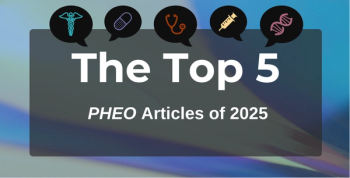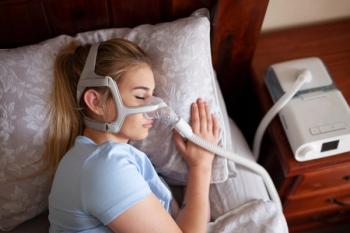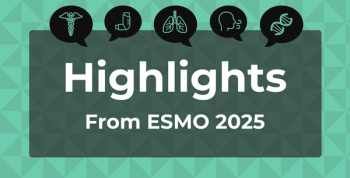
Study Finds Higher Odds of REM Sleep Behavior Disorder in Veterans With PTSD
Veterans with posttraumatic stress disorder (PTSD), whether or not they had experienced a traumatic brain injury (TBI), were more likely to experience rapid eye movement (REM) sleep behavior disorder than veterans without TBI or PTSD, according to the findings of a new study.
Veterans with posttraumatic stress disorder (PTSD), whether or not they had experienced a traumatic brain injury (TBI), were more likely to experience rapid eye movement (REM) sleep behavior disorder than veterans without TBI or PTSD, according to the findings of a new study.
REM sleep behavior disorder occurs when individuals exhibit muscle activity despite evidence of being in REM sleep, which typically paralyzes the muscles. It is defined as having both REM sleep without atonia (RSWA) and coincident dream enactment. Although it is rare in the general population, investigators hypothesized that the prevalence of RBD and related sleep disorders may be higher among veterans, who are more likely to have a history of TBI and/or PTSD.
The analysis was conducted among 394 veteran patients at the Veterans Affairs Portland Health Care System who had been referred to the system’s sleep clinic for in-laboratory video polysomnography by their healthcare providers. The subjects’ TBI and PTSD status was determined by diagnostic screening, self-report, and medical record review; medical records provided additional information on their medical history, and the overnight polysomnography test collected measurements to identify sleep stages in 30-second increments and the presence of sleep apnea. Participants were asked whether they had been told or suspected that they act out their dreams while asleep.
Based on their self-reported history of dream enactment and the results of the polysomnography, participants were classified into 4 groups: (1) normal, neither dream enactment nor RSWA; (2) other parasomnia, dream enactment but not RSWA; (3) RSWA, no history of dream enactment but did show RSWA; and (4) RBD, dream enactment and RSWA.
More than half (53%) of the participants were classified as having normal sleep, whereas 31%, 7%, and 9% were categorized as having other parasomnia, RSWA, and RBD, respectively. Subjects who had other parasomnia and RBD were, on average, 5 to 10 years younger than those in the RSWA and normal groups.
Of veterans who had neither TBI nor PTSD, about two-thirds (66%) were classified as having normal sleep, but just 32% of those with PTSD and 20% of those with TBI and PTSD had normal sleep. The 9% prevalence of RBD in this sample was notably higher than previous estimates of 0.38% to 0.50% in the general population. The prevalence was even higher among the subgroups of veterans who had PTSD (15%) or comorbid TBI with PTSD (22%). More than half (56%) of the patients who had RBD had PTSD or comorbid TBI with PTSD.
Veterans with PTSD had 3.13 times higher odds for other parasomnia and 2.81 times higher odds for RBD than veterans without, and veterans with TBI and PTSD had further increased odds of other parasomnia and RBD (3.22 and 3.43, respectively).
Previous studies have found associations between RBD and neurodegenerative diseases (eg, Parkinson disease, dementia with Lewy bodies), and other research has found both TBI and PTSD to be associated with subsequent neurodegeneration and neurologic disease. However, the study authors wrote that it is unclear whether or not the association between RBD and PTSD/TBI further increases the risk of long-term neurodegenerative effects.
“Future directions will include following the patients in this study longitudinally and additional work should employ prospective cohort experimental designs to better describe the directionality between TBI/PTSD and RBD,” they concluded.
References
Elliott JE, Opel RA, Pleshakov D, et al. Post-traumatic stress disorder increases odds of REM sleep behavior disorder and other parasomnias in veterans with and without comorbid traumatic brain injury [published online October 7, 2019]. Sleep. doi: 10.1093/sleep/zsz237.
Newsletter
Stay ahead of policy, cost, and value—subscribe to AJMC for expert insights at the intersection of clinical care and health economics.







































